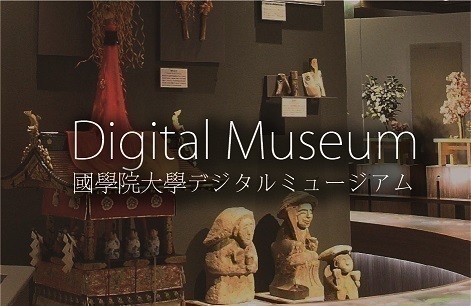- トップ
- Encyclopedia of Shinto
- Iwasaka
Encyclopedia of Shinto
| Main Menu: | |
| Links: |
詳細表示 (Complete Article)
| カテゴリー1: | 4. Jinja (Shrines) |
|---|---|
| カテゴリー2: | Shrine Architecture |
| Title | Iwasaka |
| Text | A stone altar or cairn erected in ancient times for the purpose of invoking the kami during worship. According to an "alternative tradition" describing the episode of the "Descent of the Heavenly Grandchild" (tenson kōrin) in the Nihongi, Takamimusubi erected a "heavenly himorogi" (divine tree) and "heavenly iwasaka" for the purpose of ritually worshipping the divine grandchild. This passage thus indicates that both himorogi and iwasaka were built together. Debates have continued since the Edo period as to whether actual stones were used in such structures and it was thought that no actual sites would ever be discovered. To a limited extent, however, evidence from sites of rock cairns like the Taki-matsuri no kami within the Grand Shrine of Ise; the temporary shrines of the festival confraternities (kō) in the city of Sakurai, Nara Prefecture and other archaeological discoveries suggest that relatively small rocks were collected within delimited areas to be used as a temporary "divine seat" or altar for worship. Further, most such sites seem to have been decorated with a himorogi or a branch of the sakaki tree. Such iwasaka were either square or round, and were represented by a raised cairn of stones in a flat area, although in some cases they appear to have involved a somewhat larger stone placed in the center of the cairn. Some theories suggest that the word is synonymous with iwakura. — Sugiyama Shigetsugu |




